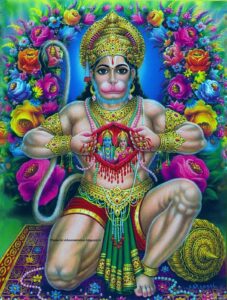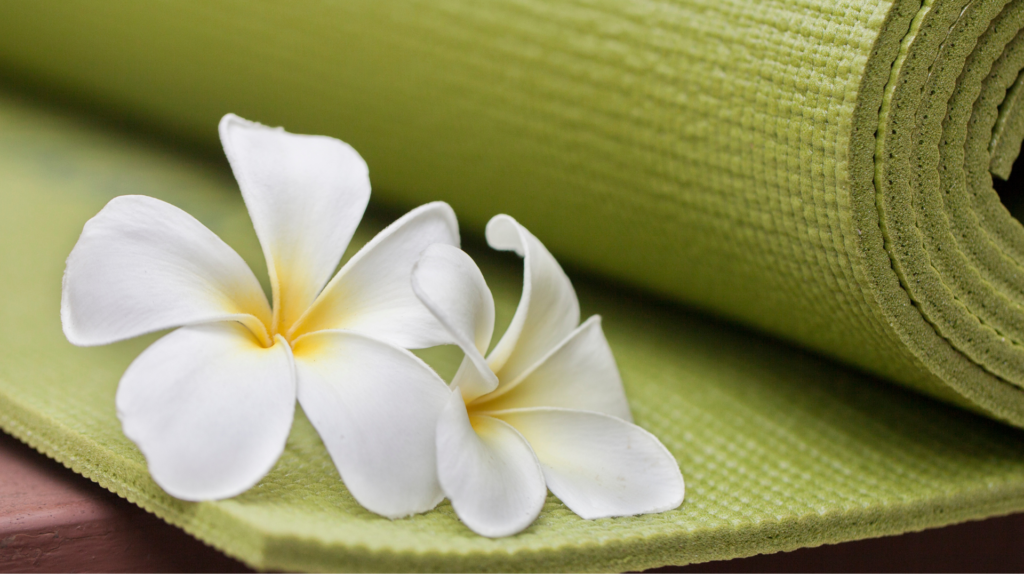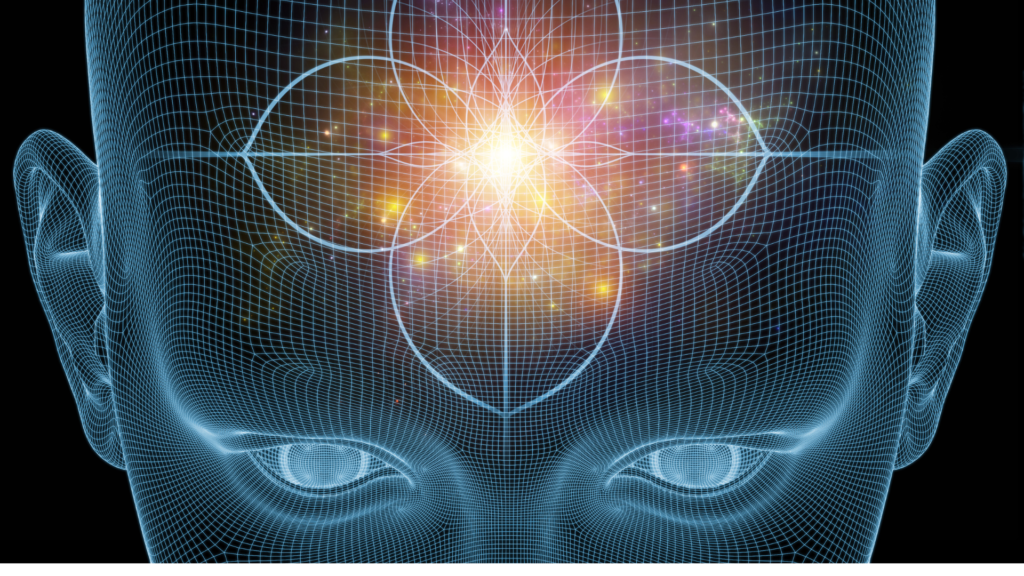What are āgama?
Āgamas are a series of methods and instructions for rituals, yoga and temple construction. They differ from the vedic teachings in that while yajñá or sacrifice in veda does not require any physical manifestation such as idols, āgama-yajñá requires pūja and idols as a means of worship.
Āgamas can be divided into,
- Śaiva-āgamas – 28 agama texts detailing the worship of Shiva as ultimate reality covering 4 major and 28 minor schools – 4 major schools being Kapila, Kalamukha, Pashupata and Śaiva.
- Vaiṣṇava-āgamas – 108 agama texts detailing the worship of Vishnu as ultimate reality and grouped into four categories – Vaikhanasa, Pancharatra, Pratishthasara and Vijnanalalita of which Pancharatra is considered most important.
- Śāktya-āgamas – 77 agama texts detailing the worship of Shakti as ultimate reality.
Each āgama consists of;
- Jñāna-pāda or vidya–pāda – covering concept, doctrine, philosophical and spiritual basis and knowledge of mokṣa.
- Yoga–pāda – covers the physical and mental discipline required to reach mokṣa.
- Kriya–pāda – covers the process of building temples, carving idols, initiation ceremonies and performing rituals etc.
- Charya–pāda – covers the rules of conduct, process of observing rites, rituals, festivals and prāyaścitta (compensation techniques).
In addition to the above āgamas, śaurya, kaumāra and gaṇapatya agamas also exist as minor āgamas.
What are the purāṇa.
Purāṇa means that which belongs to ancient times. Purāṇa are a branch of Sanskrit literature which deal with history, genealogy, tradition and religion and are generally written in the form of stories – dating between 500 BC and 1000 AD.
Purāṇas are supposed to have the following 5 sections;
- Sarga – creation of the world.
- Pratisarga – creation of subsequent creatures and secondary entities.
- Vamṣa – Genealogy of Gods.
- Manvantara – Genealogy of Man
- Vamṣānucharitam – History of each dynasty.
Generally, purāṇas can be split in three main branches, Maha or Upapurāṇa. These are sthalapurāṇa,skandapurāṇa and kulapurāṇa. Additionally, in Tamil Nadu, they have śiva-purāṇa written in Tamil.
Importantly, there are eighteen mahā or main purāṇas and an equal number of subsidiary purāṇas or upa-purāṇas.
Furthermore, the main purāṇas are:
- Vishnu-purāṇa, naradiya-purāṇa, srimad-bhagavata-purāṇa, garuda (Suparna) purāṇa,
- Padma-purāṇa, varah-purāṇa, brahma-purāṇa, brahmanda-purāṇa, brahma-vaivarta-purāṇa, markandeya-purāṇa, bhavishya-purāṇa, vamana-purāṇa, matsya-purāṇa, kurma-purāṇa, linga-purāṇa, śiva-purāṇa, skanda-purāṇa and agni purāṇa.
What you should know after reading this blog.
- What is āgama as opposed to yajñá?
- How many types of āgamas are there?
- What are the sections or pāda of each āgama?
- Detail each āgama.
- What are purāṇas?
- How many purāṇas exist?
- What are the elements/ sections of the purāṇas?
- Which are the most important purāṇa?


